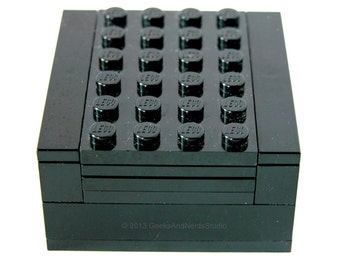Introduction 6-2-2015
Being an inquisitive person, I decided to find an easy made food from home ingredients that ant like but still is filling and nutritious and does not rot easily. While I am not as nearly is good as Dr. Miller is at ant nutrition, I will be sourcing numerous journals and books in my experiments to find something I can easily produce at home. As test subjects I will be using 2 wild Lasius cf. Neoniger colonies ranging 300-700 workers, 3 wild T. Sessile colonies 3000+ workers, wild 2 Pheidole sp. 1000+ workers, and two wild Camponotus Pennsylvanicus of 2000 workers, as well as five captive T. Sessile 100-200 workers, one captive Lasius Neoniger 30 workers, and a captive Camponotus sp. colony 9 workers. I will keep you all informed.

















